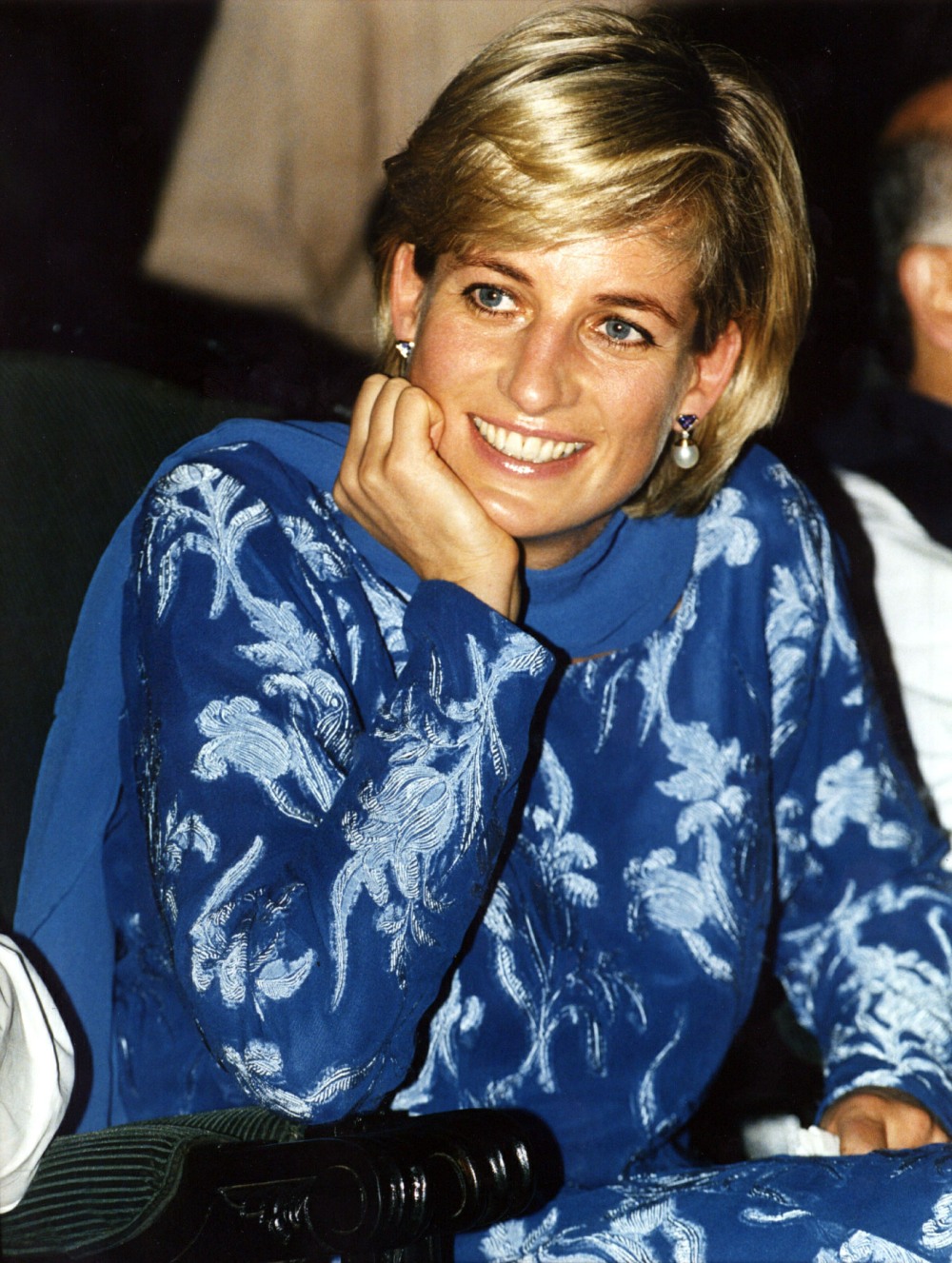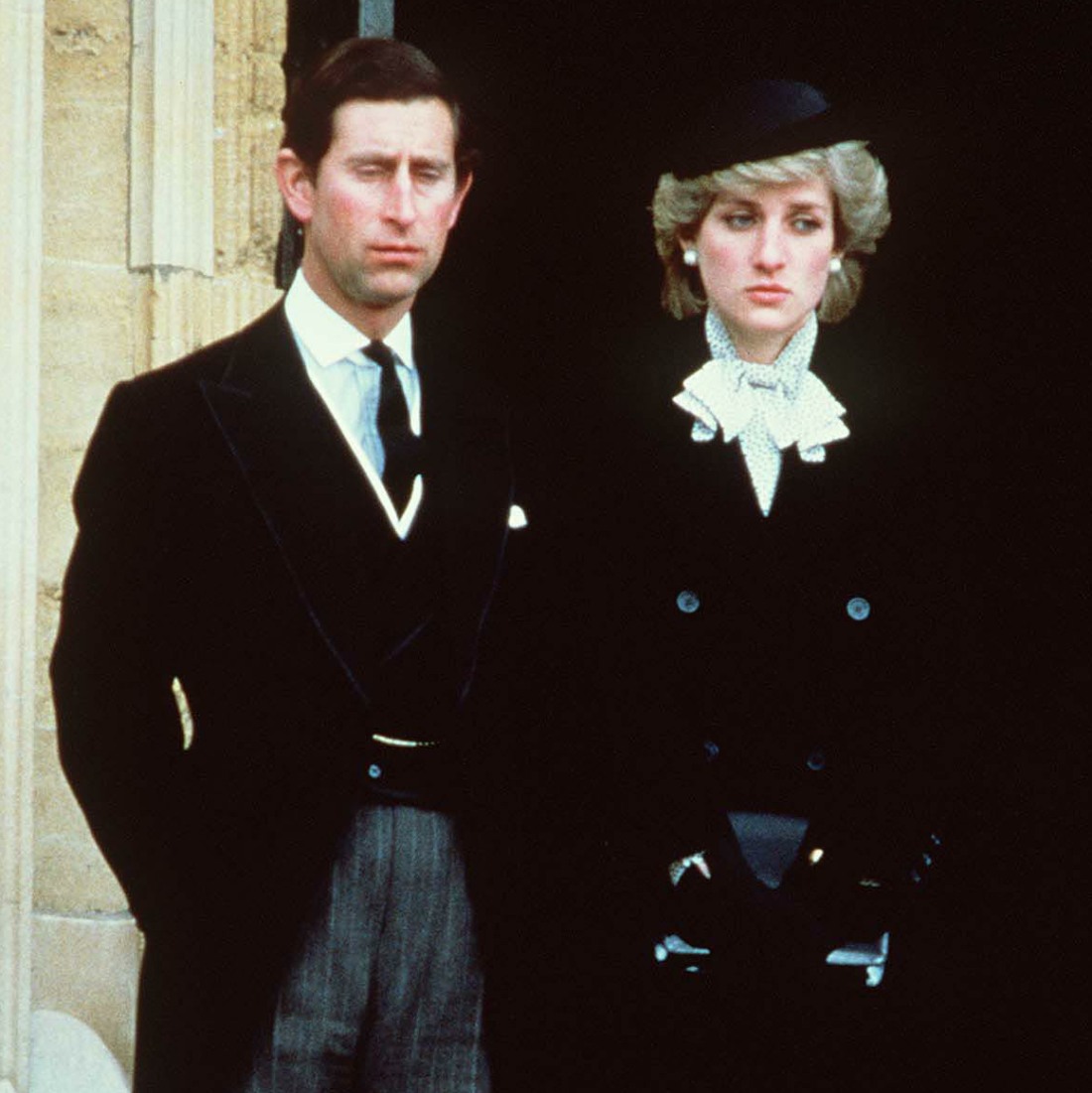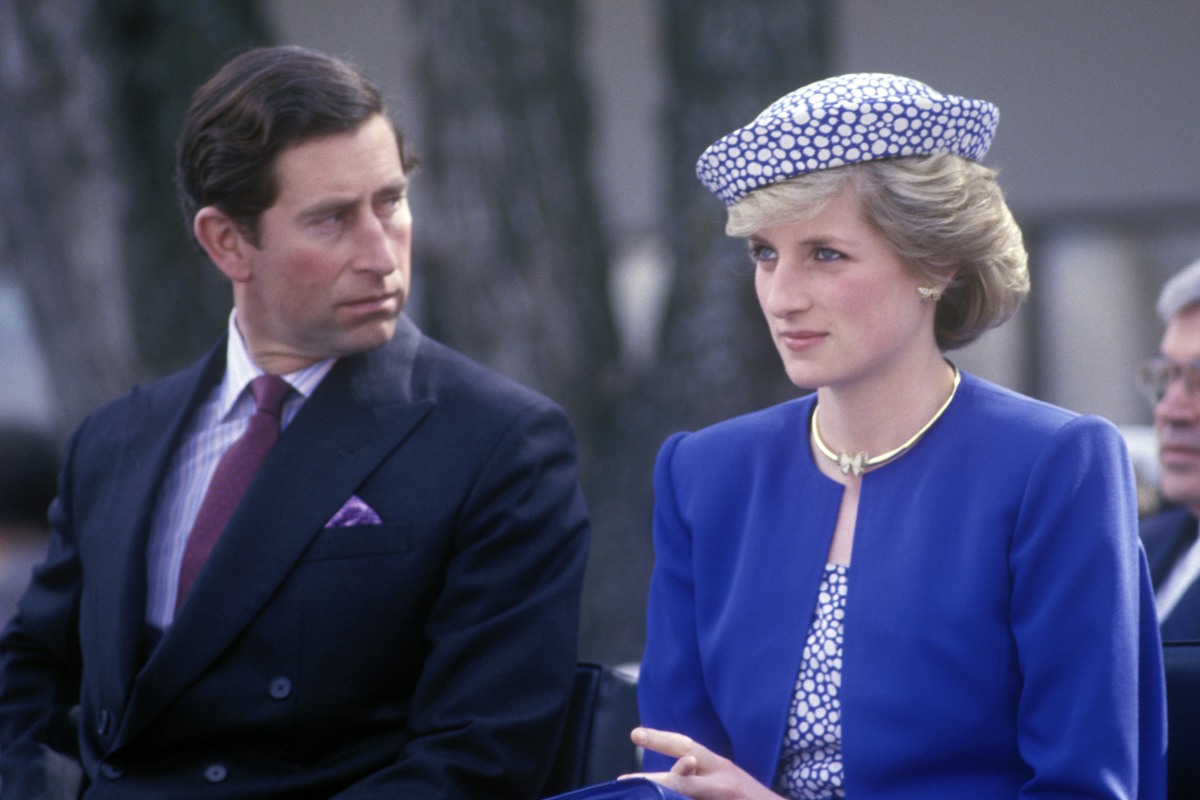Scobie: The palace tried to ‘muzzle’ Princess Diana, who was their ‘biggest threat’

Omid Scobie’s Yahoo UK column this week was timed perfectly for the anniversary of Princess Diana’s death. Scobie wasn’t a royal reporter during Diana’s tabloid reign (he’s 41?) but he is in a good position to examine the monarchy’s attempts to rebrand itself post-Diana, and remarkably, post-Sussexit. If you need proof that very little has changed in the House of Windsor, you need look no further than the entire Sussex saga, which was mismanaged by the palaces from the word go. Perhaps the root of it goes back even further, when the Windsors mishandled their reactions to Diana’s death and used her two sons as human deflection shields. Scobie brings some receipts, including Diana’s own words about how cruelly she was treated, and notes something very real but rarely acknowledged: the Windsors were doing the most to muzzle Diana post-divorce. Some highlights:
The monarchy dreads the anniversary of Diana’s death: Though Diana’s humanitarian work and public service are universally celebrated, it is her personal life that some within the palace still want to forget; an annual reminder of the institution’s indifference and out-of-touch practices during the most difficult and tortured days of her life. As Diana claimed after her separation from Prince Charles, it was members of the same Royal Household that attempted to curtail the very role we celebrate today. Charitable visits abroad were blocked, private letters intercepted and cruel attacks in the press were encouraged. She was the Royal Family’s biggest threat – one that needed to be muzzled.
The Windsors still profit from Diana: Of course, you wouldn’t catch a whiff of this stained history if you stepped into one of the many Diana-centred exhibitions held at royal palaces (or their official gift shops, which still carry memorabilia in her name for profit). Her pain may be ignored, but a slice of the love and adoration she still receives will always be nice (even better with a little revenue). After all, the late princess is why so many people around the world are interested in the Royal Family in the first place.
Sanitized history: In the royal bubble, the memory of Diana’s life has been edited and perfectly curated to suit the Firm. Any evidence of the grim reality of her royal existence or the mistakes made that lead to her tragic end are impossible to find. “Sanitised history, if you will,” a former aide tells me. “To the institution, Diana will always be remembered in a way that is safe for them – a safe distance kept from everything else. It’s why you never see Charles acknowledge the anniversary of her death. Quite simply, they can’t afford to remind people of his role in her pain.”
Netflix’s The Crown: When Netflix released The Crown’s fourth season, it prompted an orchestrated effort by palace aides and royal-adjacent media outlets to call into question the historical drama’s depiction of the past. A show once adored by family members (a “brilliant bit of PR” for the Firm, an aide remarked to me in 2015) had become the enemy after Diana’s narrative entered the storyline.
Clarence House has no chill about ‘The Crown’: In just over eight weeks, the series’ fifth instalment will be released, with episodes focusing heavily on Prince Charles’ affair with Camilla Parker Bowles and Diana’s suffering. To say that staff at Clarence House are concerned about its negative impact on the future king’s popularity is an understatement (things got so bad during the previous season that they had to temporarily shut down the ability to comment on their Instagram account).
Things haven’t changed that much for the Windsors post-Diana: The poor management of Prince Andrew’s sordid scandals and the Sussexes’ warnings of institutional cruelty and racism show that many post-Diana lessons have yet to be learned. In many ways, the House of Windsor has still yet to properly handle the crisis or the challenge of a modern woman within their quarters.
Diana’s own words: “I have been battered, bruised and abused mentally by a system for 15 years now, but I feel no resentment . . . I am strong inside and maybe that is a problem for my enemies,” Diana wrote in a letter 10 months before her death. “Thank you Charles for putting me through such hell and for giving me the opportunity to learn from the cruel things you have done to me.” No messenger to accuse of twisting her quotes, no BBC journalist to blame for her “paranoia”, this is just Diana in her own words. And it’s those words that, even today, the Royal Family can’t escape or truly erase.
She won’t go quietly: “She won’t go quietly, that’s the problem,” Diana once said of the palace’s problem with her. “I’ll fight to the end, because I believe that I have a role to fulfil.”
[From Yahoo UK]
“Charitable visits abroad were blocked, private letters intercepted and cruel attacks in the press were encouraged. She was the Royal Family’s biggest threat – one that needed to be muzzled.” When the royalists talk about Diana’s post-divorce life these days, they’re encouraged to talk about how she was so fulfilled with her charity work and how everything was going swimmingly and the monarchy embraced her. No – they saw her as an even bigger problem, and they were doing everything they could to take her down. It was still open tabloid warfare. The “sanitized history” thing is interesting because it absolutely feels like William has been spoon-fed Charles’s version of Diana and that’s that. Harry definitely seems like he’s in the middle of questioning nearly every part of the sanitized history he was spoon-fed.
Photos courtesy of Avalon Red, Cover Images.
Source: Read Full Article


